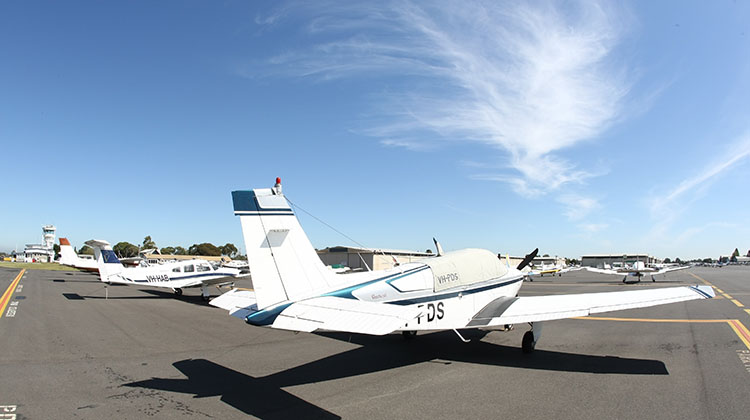
Australia’s Civil Aviation Safety Authority (CASA) has defended its record in relation to general aviation and called on those questioning its commitment to the sector to look at its recent actions.
Writing in the July edition of The CASA Briefing, acting chief executive and director of aviation safety Graeme Crawford noted the recent debate about the regulator’s relationship with the general aviation sector.
“Implicit in this debate is the suggestion by some people that CASA does not support a sustainable and viable general aviation sector,” Crawford said.
“I would like to assure everyone this is simply not true.”
“There is no CASA agenda against general aviation and we regard the sector as a vital component of the national aviation community.”
General Aviation calling for change
Crawford’s comments, published on Wednesday, follow the recently concluded Australian General Aviation Alliance (AGAA) summit at Wagga Wagga.
The two-day gathering concluded on July 10 with more than 30 industry associations agreeing to a communique that said the current regulatory stance adopted by CASA was “out of step with contemporary regulatory practice” and contributing to the rapid decline of Australia’s general aviation industry.
“The Australian economy has the opportunity to benefit from pilot and engineering training, aircraft and component maintenance and construction services flowing from the world-wide expansion of air travel and aviation activity – especially in Asia,” the communique said.
“To achieve this, we must be able to respond effectively and be liberated from over regulation.”
Industry associations present at Wagga Wagga summit, which was organised by the recently-formed Australian General Aviation Alliance (AGAA), included those covering aircraft owners and pilots, maintenance and engineering, parachutists, gliding, hang gliding, recreational aviation, sport aircraft and seaplanes, among several others.
Crawford said many of CASA’s staff were participants in general aviation or started their careers in the sector, and had a “practical understanding of the issues and challenges” the sector faced.
“CASA can’t deliver solutions to the broader economic and social changes that are affecting parts of general aviation, but we can and will do our best to provide an appropriate safety regulatory framework that creates confidence in general aviation across the broader community,” Crawford said.
“CASA is focused on regulatory solutions that are both practical, proportionate and address aviation safety risk.”
The communique that was agreed to at Wagga Wagga has been sent to Deputy Prime Minister and Minister for Infrastructure and Transport Michael McCormack, as well as his shadow counterpart Anthony Albanese. Both politicians spoke at the summit, with McCormack saying he was keen to listen to their proposals for reform.
Meanwhile, Albanese said he and the Labor opposition were committed to working with the government in a bipartisan way.
The communique called on the federal government to change the wording of the Civil Aviation Act, which as it currently stood said CASA had to “regard safety as the most important consideration” in its role regulating the industry.
Instead, the communique proposed that CASA, in exercising its powers and performing its functions, “must seek to achieve the highest level of safety in air navigation as well as maintaining an efficient and sustainable Australian aviation industry, including a viable general aviation and training sector”.
Further, the gathering called for the main object of the Act to be to establish a regulatory framework for maintaining, enhancing and promoting the safety of civil aviation with particular emphasis on preventing aviation accidents and incidents.
Crawford said CASA would continue to develop regulatory solutions that considered risk appetite and safety consequences.
Further, he called on those who doubted CASA’s commitment to general aviation to “please look at our recent actions”.
“Three major reforms this year to the aviation medical system are practical examples of reducing costs and impacts on the aviation community, particularly general aviation,” Crawford said.
“The Basic Class 2 medical, which became available in early July 2018, is targeted at private pilots and makes getting an appropriate medical quicker, easier and cheaper.”












